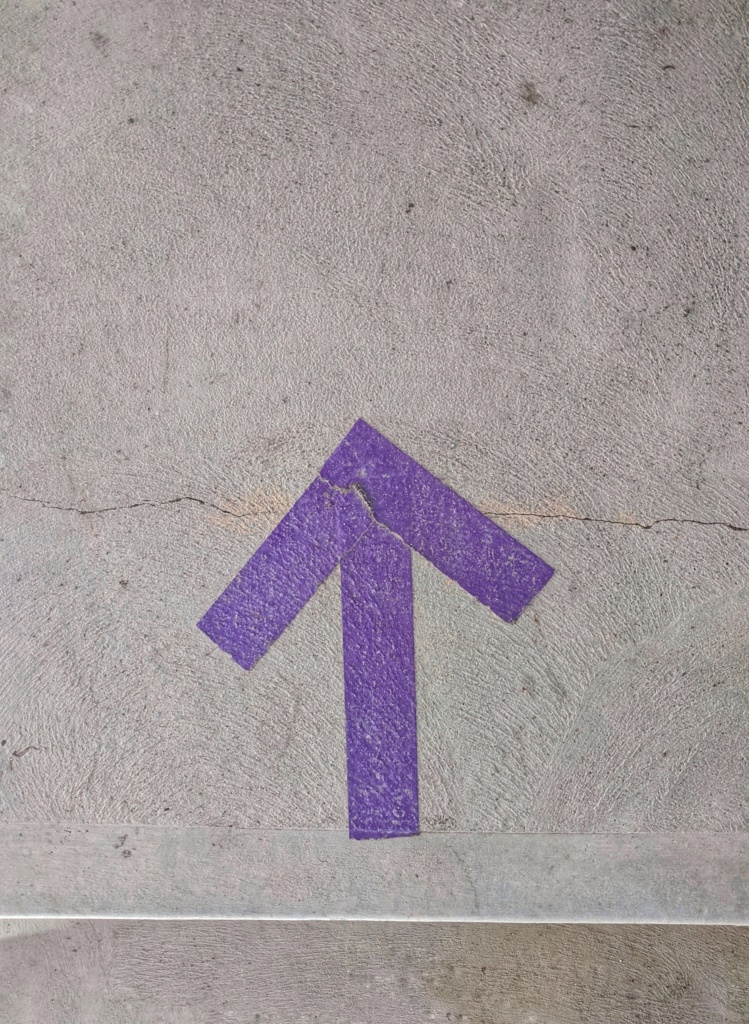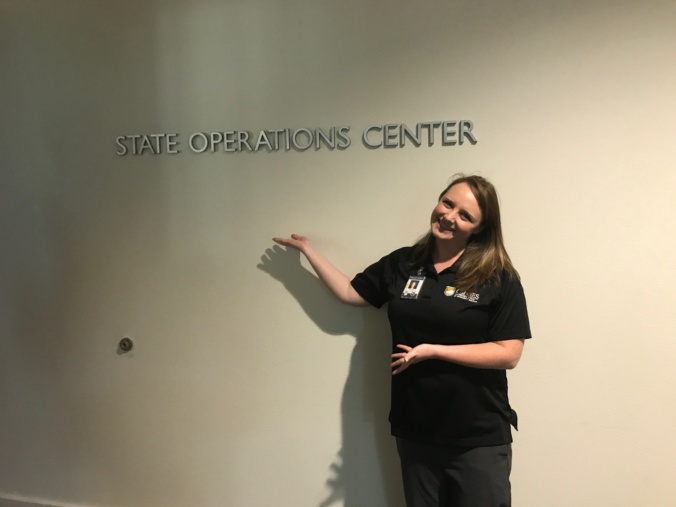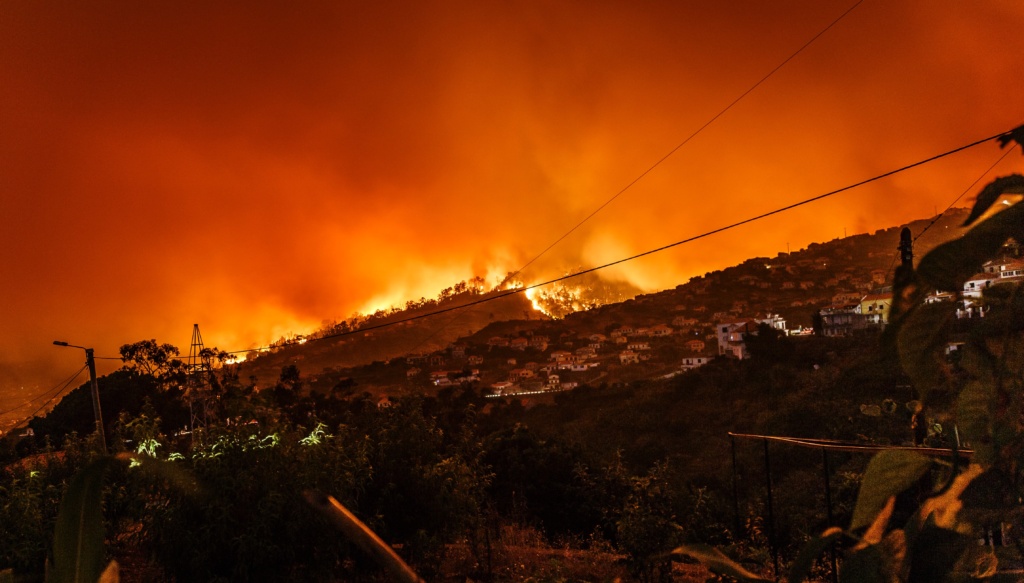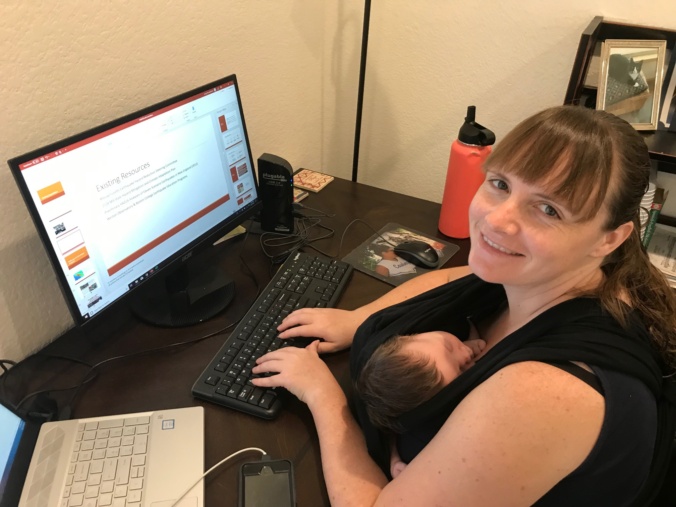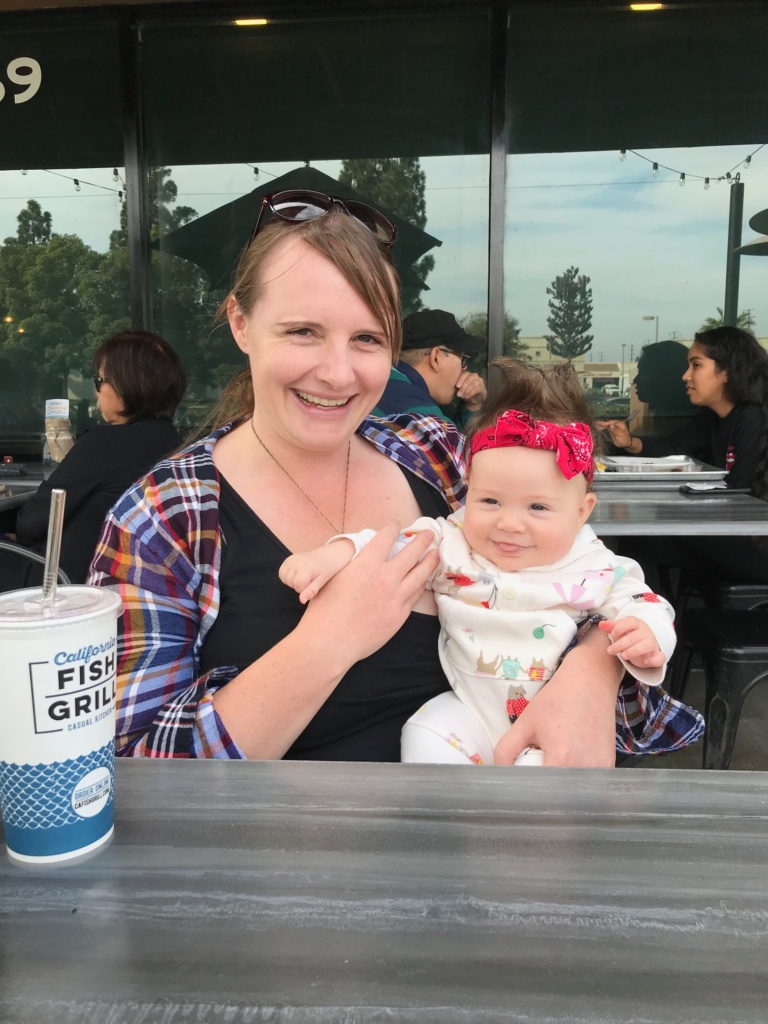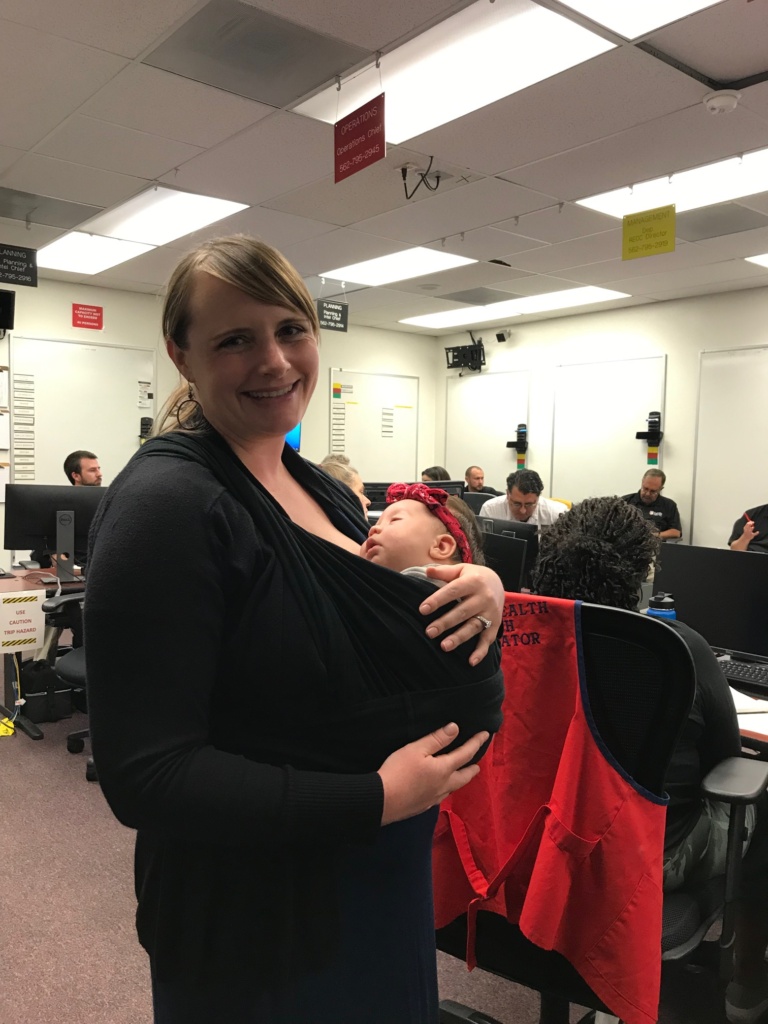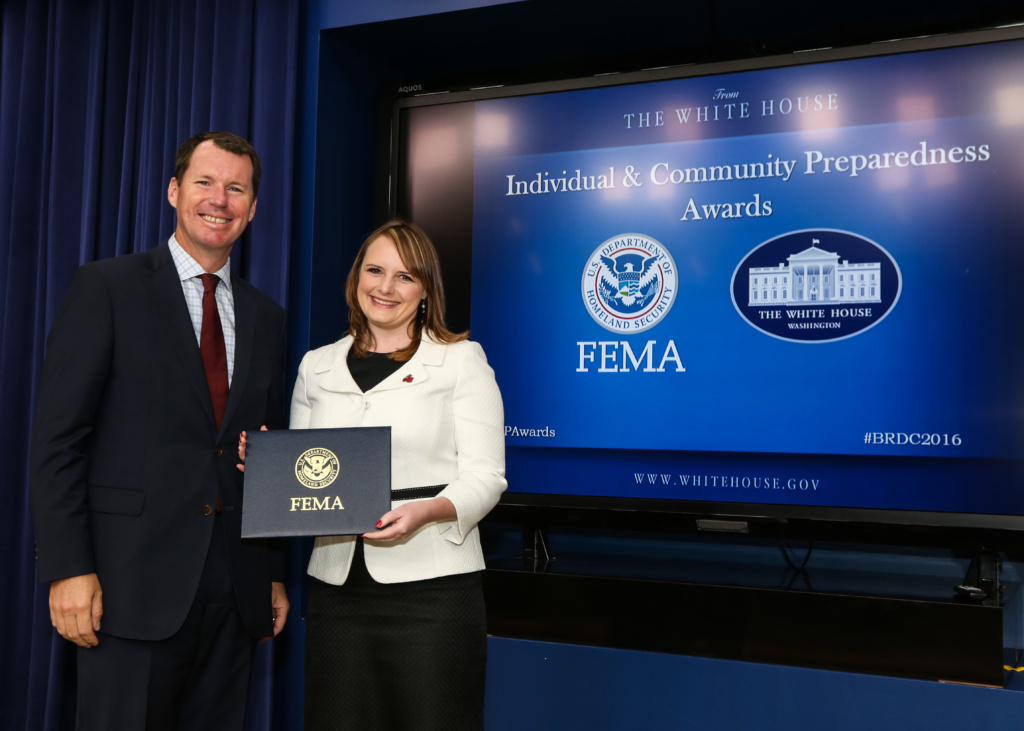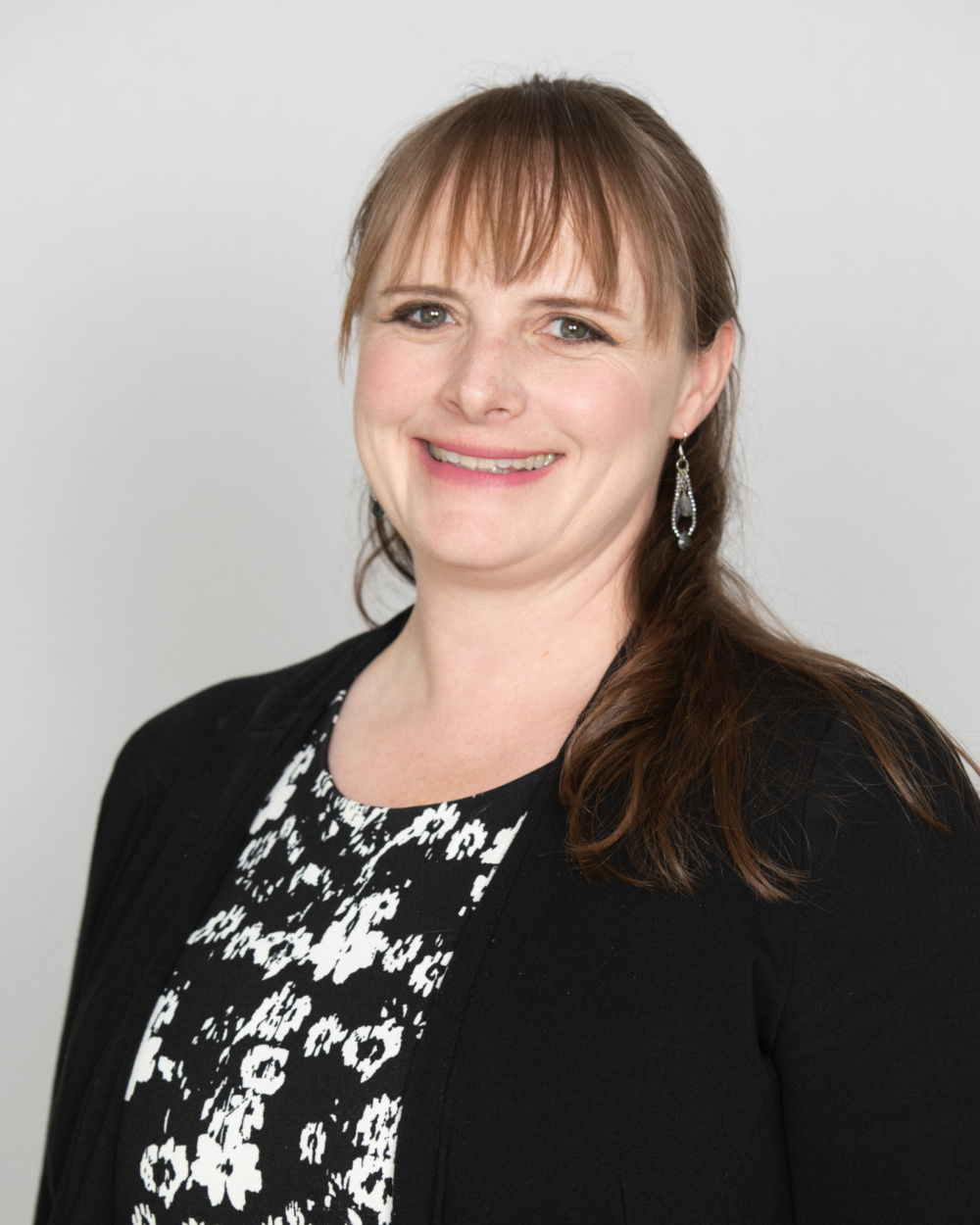By Jenny Novak & Alison Poste for the Emergency Management Growth Initiative

Emergency Managers are experts in the art of compromise and consensus.
With infinite hazard scenarios to prepare for, including the emergence of cascading disasters as a reality, the job of an Emergency Manager is defined by our ability to adapt, pivot and re-prioritize based on the needs of the incident. In an Emergency Operations Center (EOC) in particular, the most effective Emergency Managers (EMs) are those who can “[get] highly specialized groups like doctors, police, wastewater management, economists, lawyers, politicians, etc. to come to a consensus on an emergency timetable,” according to Jason Vezina, the CEO of Prepared Canada Corp. What this means in practice, is the most effective EM is one who can synthesize multiple and disparate perspectives, and ensure any resulting solution is responsive to the needs of the emergency or operational period. It’s no surprise that what makes an exceptional EM are also the traits sought after in leadership positions – in both senior management and elected official contexts.
In order to move our discipline forward, consideration of our collective career growth and leadership opportunities is needed. We need to think beyond traditional goals of rising to leadership of state and national emergency management agencies. You may think that you have hit the ceiling in your current organization if you are in the most senior emergency management position. But perhaps there is room for local career growth into a broader leadership role that you haven’t yet considered.
As our profession matures, our backgrounds will be seen as less ‘niche’ and more essential to the core function of organizations – perfect platforms for leadership. We are so focused on the ever exciting world of disasters, many of us haven’t considered that we can (and should!) pursue promotional opportunities into the positions that oversee and dictate emergency management policy in our organizations. Leveraging our considerable experience and knowledge of best practises into policy positions will help to ensure that programming, budgets and departments incorporate an ‘EM’ perspective into corporate governance.
The payoff for our field will be huge if we can collectively make an effort to step into these positions and get the emergency management perspective integrated into boardroom meetings across the world. Rather than relying on our bosses to advocate for our programs, we can be the ones doing it directly if we become our bosses. Someone has to step into the leadership role, so why not emergency managers?
Generalists
You may worry that you don’t have the technical expertise or financial acumen to advance into a role that oversees multiple departments. However, anyone who advances to the highest level of leadership in organizations must generalize their knowledge. The more departments and programs under the purview of the leader, the less likely the person is to have intimate familiarity with all of them. Emergency managers already have an advantage in this regard because our work inherently familiarizes us with the different departments, functions and branches of our organizations. In order to develop a strong emergency plan and EOC team, we are already working with various departments across the organization. For continuity planning, we have honed in on the most essential functions of our organizations, we’ve learned who is responsible and the processes involved. These functions are not emergency management specific, however we have intimate knowledge of them that most other professionals do not possess.

Leadership
Emergency managers are natural leaders. We run toward the fires rather than away from them. While others are shying away and melting down, we turn it on and rise to the challenge of crisis mode. When an emergency strikes our jurisdictions, we are the ones who elevate into the EOC Director roles (or advise the Directors in our roles as coordinators). Our colleagues and constituents turn to us for recommendations on next steps to handle the incident. They rely on us to be forward thinking and unwavering in times of crisis. Simply by stepping into this role as crisis leaders, we are demonstrating core competencies that are essential in everyday leadership. Many leaders would say that crises are some of the most challenging times to be in charge, and emergency managers are already leading during disasters.
Knowledge of Systems
We also have an understanding of the underlying societal systems that impact our organizations and our constituents. We are acutely aware of the factors that influence vulnerability and which segments of the community need the most support during disasters. Unsurprisingly, these populations tend to need the most support outside of crises as well. Disparities in access to resources, systemic racism, and generational poverty have huge impacts on who is disproportionately impacted during disaster. We are in tune with these and the cascade of negative impacts that can occur to these populations post-disaster. Oftentimes a simple promotion of personal preparedness is not enough to help, we need to address these inequities on a system wide level at the community level, and that work begins during blue skies. As an example, many Indigenous and remote communities face disproportionately greater impacts as a result of disasters. Our emergency management perspectives are a wonderful primer to these larger societal issues and chronic stressors that impact long term community health.
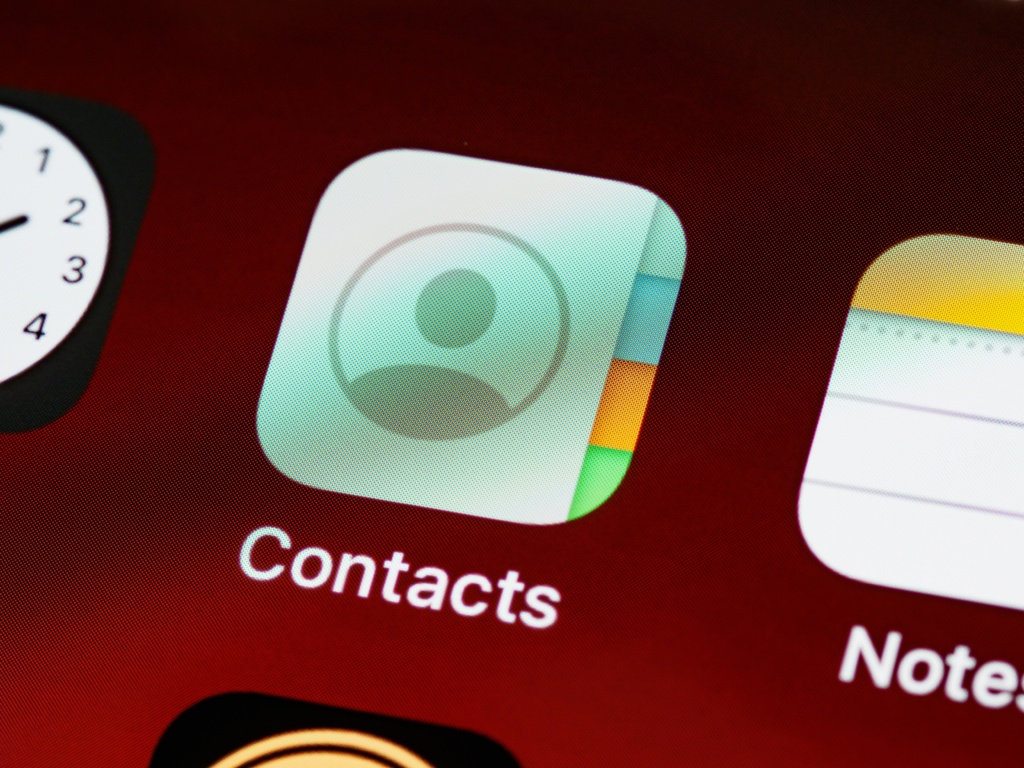
Relationships
Emergency managers are relationship builders. Our jobs require us to motivate others without direct line authority as we must find creative ways to encourage compliance and participation across departmental lines. This is best accomplished through building strong working and interpersonal relationships with colleagues, establishing trust, and building knowledge of what skills, motivations, and hurdles are in their daily work. We know the importance of building connections prior to disasters, so we invest in our social fabric and take the time to get to know others in our organizations. These relationships that pay off in a big way during disasters can also reward us as we advance professionally since we have already established allies across and beyond our organizations. When we promote, our networks will allow us to transition smoothly into our new roles and strengthen the relationships we formed in emergency management.
A Step Above
We all know that the buck stops with the policy group (aka your organization’s elected leaders). While the advancement of emergency managers into VP or C-suite roles will be a huge boost to the discipline, emergency managers filling elected roles will truly instigate positive change. Emergency management provides a fantastic background for politics. Our missions are both altruistic and inspirational; life safety, preparedness and resilience are easy sells for public support. While a traditional law enforcement background can be politically divisive, emergency managers provide a more strategic and holistic approach to cultivating safe communities. The relationship skills that we use to motivate people to prepare for emergencies and strong networks we have built throughout our regions can be huge assets to launching a political campaign. Instead of strategizing on how we can get our elected officials to invest in disaster resilience, why not become the elected officials?

